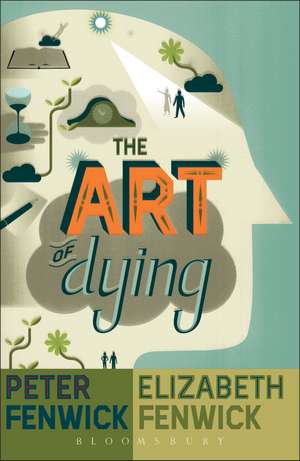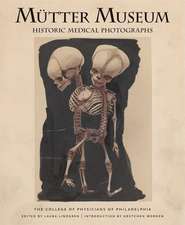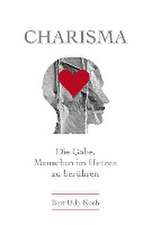The Art of Dying
Autor Dr Peter Fenwick, Elizabeth Fenwicken Limba Engleză Paperback – 25 iun 2008
Preț: 74.19 lei
Preț vechi: 122.47 lei
-39% Nou
14.20€ • 15.42$ • 11.93£
Carte disponibilă
Livrare economică 01-15 aprilie
Specificații
ISBN-10: 0826499236
Pagini: 264
Ilustrații: 12
Dimensiuni: 129 x 198 x 20 mm
Greutate: 0.19 kg
Editura: Bloomsbury Publishing
Colecția Continuum
Locul publicării:London, United Kingdom
Caracteristici
Cuprins
1. The Start of the Journey 2. Talking to Carers3. Deathbed visions4. Deathbed coincidences5. Finding Explanations - Deathbed Visions6. Explaining Coincidences7. Bereavement and Hallucinations8. Grandfather's clock and other odd incidences9. Visions of Light and Mist10. The Search for the Soul11. The Last Frontier: the Unsolved Problem of Consciousness12. Consciousness and the Near Death Experience13. Dying a Good Death14. The Journey to Elsewhere - Coming to Terms with Death
Recenzii
Title in article about the book and authors in Daily Telegraph, 2008.
Reviewed in Clinical Medicine Journal of the Royal College of Physicians of L, 1 April 2009
"The authors not only manage to show that it isn't always all bad, but raise profound questions about the nature of consciousness." - Journal of Consciousness Studies, December 2008.
"Elizabeth and Peter Fenwick have written an Ars Moriendi for our age...illuminating and very moving...The book is highly recommended, as death is something we all need to come to terms with in order to live a full life." De Numine, Autumn 2009
Descriere
A new book to help the dying, their loved ones and their health care workers better understand the dying process and to come to terms with death itself.The Art of Dying is a contemporary version of the medieval Ars Moriendi-a manual on how to achieve a good death. Peter Fenwick is an eminent neuropsychiatrist, academic and expert on disorders of the brain. His most compelling and provocative research has been into the end of life phenomena, including near-death experiences and deathbed visions of the dying person, as well as the experiences of hospice and palliative care workers and relatives of dying people. Dr. Fenwick believes that consciousness may be independent of the brain and so able to survive the death of the brain, a theory which has divided the scientific community. The "problem with death" is deeply rooted in our culture and the social organization of death rituals. Fenwick believes that with serious engagement and through further investigation of these phenomena, he can help change attitudes so that we in the West can face up to death, and embrace it as a significant and sacred part of life. We have become used to believing that we have to shield each other from the idea of death. Fear of death means we view it as something to be fought every step of the way. Aimed at a broad popular readership, The Art of Dying looks at how other cultures have dealt with death and the dying process (The Tibetan "death system", Swedenborg, etc.) and compares this with phenomena reported through recent scientific research. It describes too the experiences of health care workers who are involved with end of life issues who feel that they need a better understanding of the dying process, and more training in how to help their patients die well by overcoming the common barriers to a good death, such as unfinished business and unresolved emotions of guilt or hate. From descriptions of the phenomena encountered by the dying and those around them, to mapping out ways in which we can die a "good death", this book is an excellent basis for helping people come to terms with death.

















